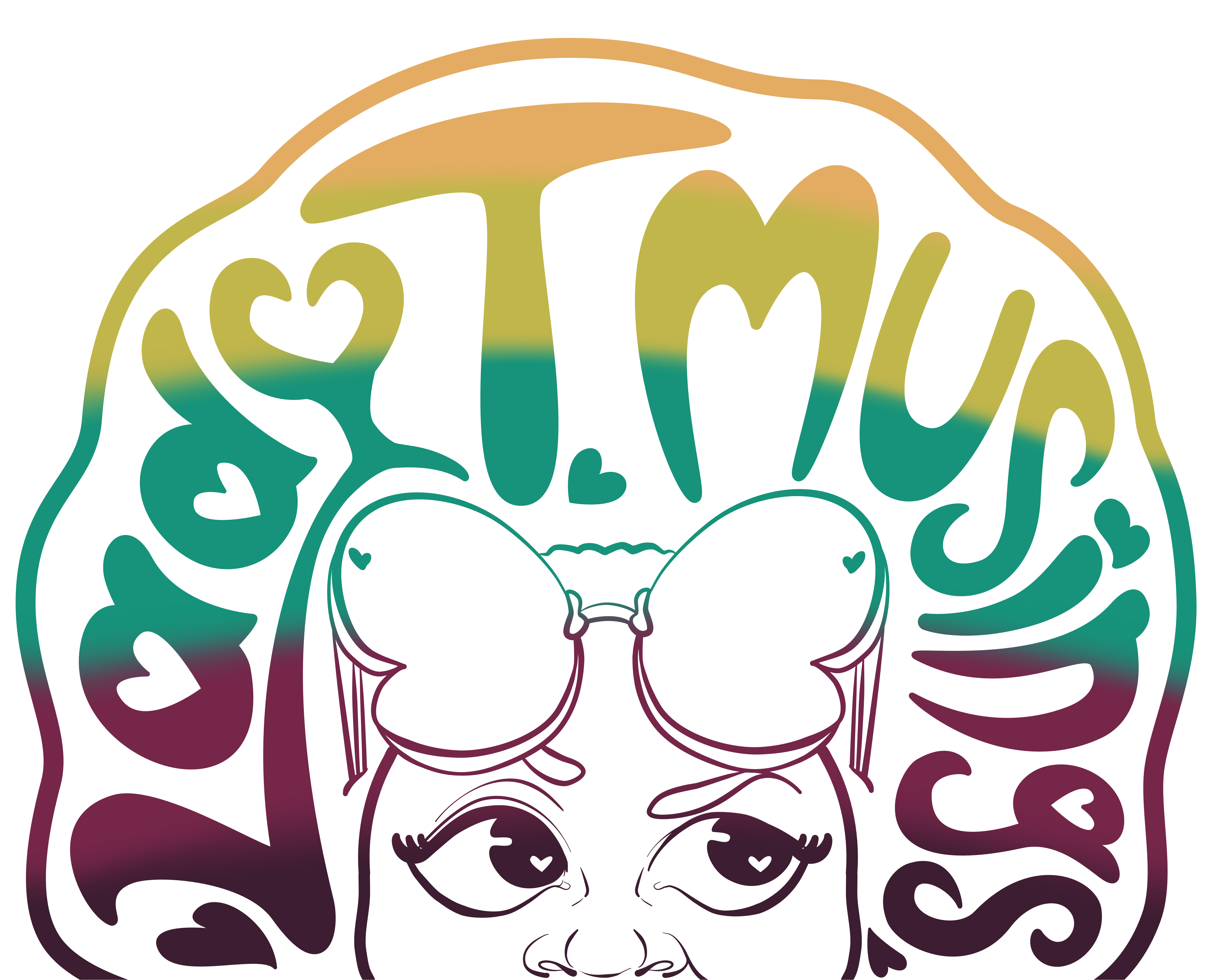Hey Y’all, I’m Lady T. and I make the New Adult Fantasy Comic MagicalMashup!
One of the core elements I decided before starting the comic is that it would be in color. I choose to go this route because, well for one, I LOVE color, but also because it would be a way for me to get in the habit of thinking about color and studying how using color can impact a scene.

Coloring a comic that I work on by myself is defiantly a whole extra thing, but I enjoy it and love to see my blackish (I don’t use black in the art for the comic as it’s a very stark and powerful color that commands too much attention in my bright magical world lol) lineart come to life!
When I first started drawing the comic I had a time trying to decide on the character and world color pallets. Due to how expansive fantasy worlds can get I quickly realized I’d need a way to organize my color choices. That is once I figured out what colors I’d be using that is…
Color is such a mindblowing thing that is as complex and vast a subject as it is beautiful. Up until I decided to make the comic, I had no need to keep track of color palettes, even for reoccurring characters. I could just fudge it and guess close enough and be good. That wouldn’t fly with a whole comic though. I started crafting my colors with the characters in mind first and thinking that the colors for each character should tell a little about their personalities.

Junah is an overall optimistic person that is very open and excitable, maybe too much so, but it is what it is haha, so I choose upbeat colors for her.
Kaelen on the other hand is more of a grounded person with a more reserved personality and so I choose colors that are more mature.
I had a lot of fun picking their colors, but then I had to think about shading and highlights… that’s when things got really interesting.

When it comes to shading I used to just color pick the base skin tone and just use the color slider in ClipStudio to go down (add black) for shade and up (and white) for highlight.
(Original page from my practice comic MagicalBeginnings! ).

This works aight’, but I found that it felt flat in my newly designed colorful world. I was thinking of ways to improve on this when I found a Twitter thread started by a comic colorist names Marissa Louise talking about resources for learning about color for artists.
Now I thought I was color literate before, but wow did my eyes get opened to the possibilities I hadn’t thought of when it comes to color. I checked out all of the books and resources from the list I could and watched the videos recommended. Afterward, I revised my character sheets and started to look at where my colors were placed on the color wheel using this online Color Wheel. Being able to easily see the different color harmony rules affecting my color choices live was (is) so helpful for deciding what can work with your base color selections.

Once I got my colors selected and was happy, I had to figure out a way to make them easily accessible as I’d be using them often. At first, I just made color dots on each character sheet from print screens of my color pics that I could reference, but copy-pasting them onto each page to color pick form was annoying (even if it looks cool).

I then found out about saving color swatches into palettes in ClipStudio and BOOM!! Game changed.
(ClipStudio palette, admittedly not as organized as I wanted).

I would have stuck with ClipStudio if I hadn’t started using an iPad to give myself more time to work on the comic when not at home, but switching to Procreate offered the same options for being able to color swatch and the color picker tools were a bit more intuitive for me since I knew how I wanted to approach color for my comic.

The main difference I found was that CipStudio offers more spaces in their swatch palette for more colors than Procreate, but honestly, I’ve found simplifying what I have to be the better option for me. Keeps things manageable and I’m able to work faster this way.

You still get a good bit of options and you can also make a secondary palette to the main one in Procreate, so if you must have more you still can.
Anywho I’m curious about how y’all do your color crafting. Do you use color in your work or stick to monochrome? Fall somewhere in between? What made you decide to go this route? How do you keep track of all of your colors or values that are used repeatedly in your work? I’d love to hear your thoughts/process!
TLDR: There’s a lot that goes into the decision to work in color. I talk about my process from starting with flat color to learning how to incorporate harmonies in my palettes thanks to a few resources and how I use said colors as references in my work. I’m curious to know y’all’s thoughts on the subject.



